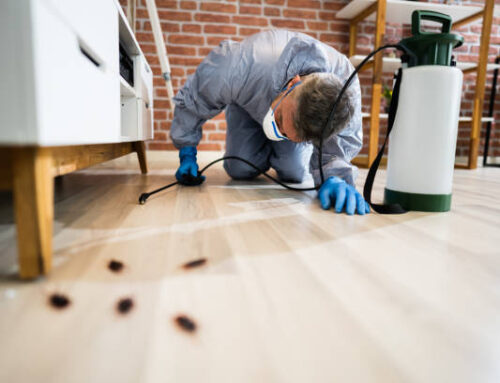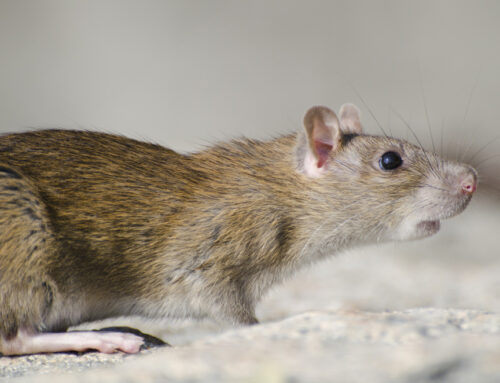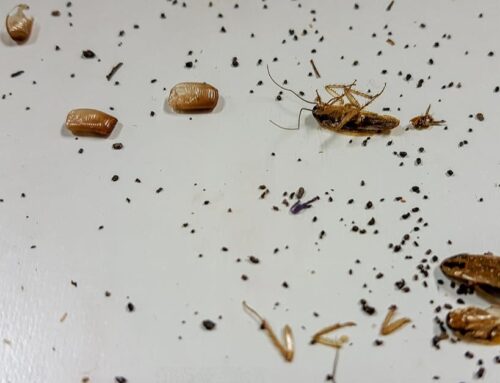Pest management involves far more than applying treatments. Effective service requires a combination of technical training, safety planning, and industry licensing to ensure that all work is completed responsibly. With so many pests capable of damaging structures, contaminating food, or posing health risks, there is a strong need for professional pest services that follow strict regulatory standards. Licensed technicians are trained to evaluate risks, apply safe methods, and manage pests in a way that protects both households and the environment.
Understanding these requirements helps homeowners appreciate the value of qualified experts and the structured safety systems that support every service. This article explains why licensing matters, how safety protocols work, and what responsibilities are built into professional pest management.

The Role of Licensing in Quality Pest Management
Licensing serves as the foundation of reliable pest control. It ensures that every technician has the knowledge, experience, and legal authorization needed to treat pests safely and effectively. Licensed professionals must undergo training, pass examinations, and maintain ongoing education to stay compliant with regulations and best practices.
Licensed technicians understand how to manage pests such as ants, bed bugs, termites, mosquitoes, rodents, raccoons, birds, and stinging insects. These species behave differently and require targeted approaches to prevent recurring infestations. Licensing ensures that professionals can identify species accurately, select appropriate treatments, and apply them responsibly.
Homeowners benefit because licensing guarantees that services meet industry standards and local environmental regulations. It also ensures that treatment plans are designed with long-term safety in mind, not just short-term relief.
Why Safety Protocols Matter in Professional Pest Services
Safety protocols are a core component of every service. They protect families, pets, property, and technicians from unwanted exposure. Pesticides and exclusion devices must be handled carefully, and trained professionals follow detailed steps to ensure that all work is precise and safe.
Key safety measures include:
- Inspecting treatment zones before applying any products
- Using regulated materials that meet state and federal safety guidelines
- Wearing proper protective gear when handling chemicals
- Applying treatments only in approved areas and in correct amounts
- Ensuring sensitive areas are protected and ventilated
These protocols reduce risks and prevent mistakes that can occur when treatments are applied incorrectly. DIY attempts often skip crucial safety steps, which can lead to contamination or worsening infestations. Professional oversight ensures every action aligns with strict safety expectations.
Understanding Environmental and Structural Risk Factors
Each home has unique conditions that influence pest activity. Moisture, clutter, structural cracks, and food availability all play a role in attracting pests. Professional pest services include risk assessments to identify these vulnerabilities before any treatment begins.
Technicians evaluate:
- Entry points caused by gaps, foundation cracks, or damaged screens
- Nesting areas in basements, attics, crawlspaces, and wall voids
- Moisture buildup around plumbing, gutters, or landscaping
- Structural damage caused by pests such as termites or rodents
Seasonal hazards also contribute to risk, especially during periods when pests seek shelter indoors. This is why resources such as winter prep steps emphasize the importance of evaluating homes before cold weather arrives. Understanding these risks allows professionals to apply safe, targeted solutions that reduce the likelihood of pests returning.
Preventing Overspray, Contamination, and Structural Damage
An untrained application can cause accidental overspray that contaminates surfaces or harms non-target areas. Professional pest services follow precise protocols designed to eliminate pests while avoiding property damage or chemical exposure.
Professionals prevent contamination through:
- Controlled application equipment
- Careful placement of gels, baits, and traps
- Avoiding ventilation systems or food preparation zones
- Protecting children’s play areas and pet spaces
- Inspecting treated zones before clearing them for use
These steps ensure that treatments remain safely contained. Trained experts also understand how pests interact with gutters, wall voids, and exterior drainage systems. This knowledge is reflected in guidance on gutter debris risks, which shows how improper maintenance can draw pests to structural areas.
Why Professional Expertise Outperforms DIY Methods
Many homeowners attempt DIY solutions before calling a professional, but pest management is rarely straightforward. Specialized pests require precise identification and proper materials to eliminate colonies, nests, or burrows safely. DIY methods often treat only the visible problem while missing underlying causes.
Professional expertise is necessary because:
- Experts know how to target pests based on species-specific behavior
- Technicians use tools and materials unavailable to consumers
- Safety protocols ensure treatments are applied correctly
- Professionals monitor results and adjust strategies as needed
- Long-term prevention plans help reduce future infestations
DIY products may provide temporary relief, but they cannot match the long-term safety and effectiveness achieved through a licensed, trained professional who understands how pests adapt and survive.
Final Thoughts on Licensing and Safety in Pest Management
Licensing and safety protocols are not optional; they are essential to responsible pest management. They ensure that treatments are effective, legally compliant, and protective of every member of the household. Professional pest services provide structured, informed approaches that reduce risks, prevent recurring infestations, and maintain a safe environment.
Homeowners benefit from this expertise by gaining confidence that every step, from inspection to follow-up, is carried out with precision and care. When safety and licensing guide the process, pest management becomes not just effective, but sustainable.
A Trusted Step Toward Safer Pest Solutions
For reliable protection supported by strict licensing and safety standards, contact E&G Exterminators for professional pest services built with long-term safety in mind.






